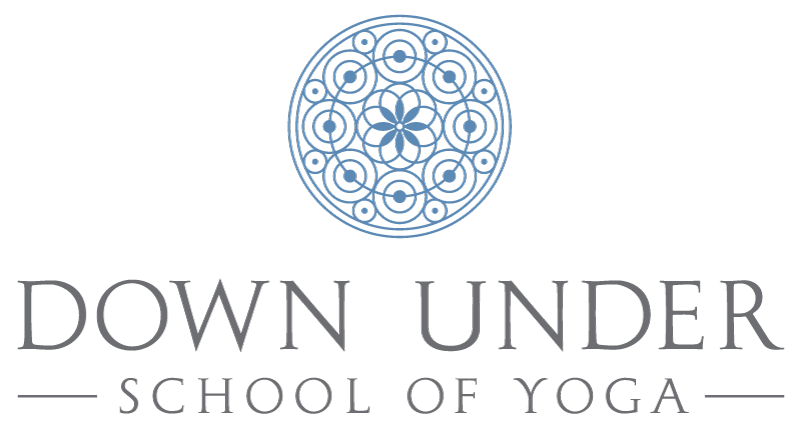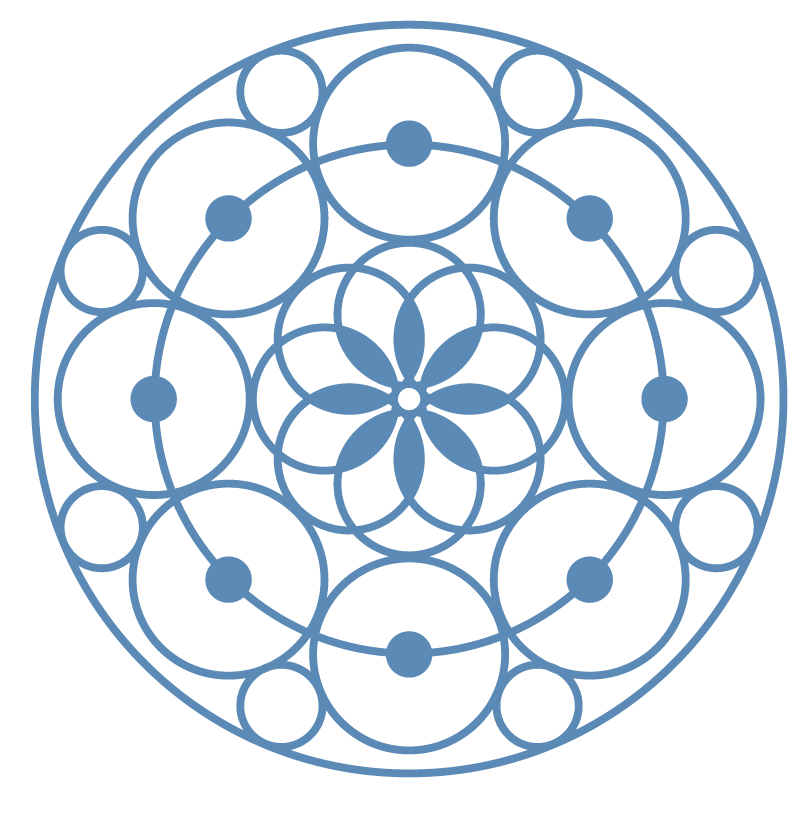Changing the Body to Change the Mind by Didi von Deck
The Problem
As an orthopedic surgeon, I see so many patients who are in pain or who are unable to do the things they would like to do. Usually, they come to me because of an injury, for wear-and-tear conditions that are no longer manageable such as arthritis, tendinitis, and bulging discs, or because of chronic pain that just won’t go away.
When people are in pain, they want to feel better fast. They may have been having pain for a while, but by the time they make it to the doctor’s office, they often want a quick solution. They want to move beyond the pain and back into their lives. Yet doctors generally have a very short block of time to listen to and examine a patient, make a diagnosis and provide suggestions to make their patients feel better.
With only a few minutes left in the visit, the suggestions often include a prescription that if taken correctly, may make patients feel better. That prescription can take less than a minute to write and both doctor and patient are on their way feeling satisfied. But what happens if the medicine doesn’t alleviate all of a patient’s symptoms? What if it wears off and the pain returns? Many times the only option left is surgery.
But what if there were another way? A pathway to better health without side effects and complications? A way for us to learn to use our bodies more effectively? A way that uses the body and brain’s capacity for change to bring about healing? How do we understand the relationship between the mind and the body? As a culture, we have become more aware that the mind and body are connected. However, Western views on the mind-body relationship often put the power of the mind over the power of the body. We are familiar with psychosomatic illness, and some people believe they can use the power of the mind to think their way out of illness.
But what if we begin to consider how we can use our bodies to affect our well-being? To affect our mind? Yes, exercise has been shown to make us feel better. But is there a way that movement in itself can make both body and mind healthier? Is there a way that movement can create change and wellness? Yes!! The Feldenkrais Method is one such way, using movement and noticing the effects to improve functioning in all aspects of life and health.
What is the Feldenkrais Method?
The Feldenkrais method utilizes gentle movements done with awareness to reprogram the brain. It focuses on the unity of the body and the mind to enhance the functioning of both. By improving the organization of the skeleton and nervous system, the Feldenkrais Method allows movement to become freer and more efficient. Pain and limitations fade away. Less energy is spent coping with restrictions and more is free for living. And when we experience how easily our bodies can move, without pain or constraint, our brains follow suit. Stuck emotions are released. We feel better on all fronts.
There are two components of the Feldenkrais Method. One is Awareness through Movement classes during which an instructor guides students through a series of small movements designed to reorganize the body and the nervous system. The second component is Functional Integration where the practitioner works one-on-one with the student, gently moving the body in different ways to show the student how to release subconscious holding patterns and teaching more efficient and comfortable ways of coordinating movements. The body can look and feel totally different after a lesson of either type as tight muscles learn to let go and the relationships between parts of the body become clearer. Posture improves and walking, turning, reaching all seem easier.
Feldenkrais as a Solution
Many people go through their days unaware of what is happening in their bodies. The Feldenkrais method helps people notice their bodies and this is the first step in increasing the potential of what they can do. By changing how the body moves, people can appreciate how good they can feel. When people become more capable in their movements, the image of what they can do expands and they feel more effective in their lives.
Healthcare providers are well aware that the experience of pain stems not just from tissue damage, but that emotional and mental health issues can play a significant role in how a person perceives pain. Despite this knowledge, few options address all the interweaving factors that create the perception of pain and decreased function. The Feldenkrais Method can help by first addressing limitations in the body by making movement more efficient and easier. Excess muscular tension is released so that the skeleton can work as it is supposed to. When posture improves and the body moves more easily, emotional and mental functioning improves. Emotions held in dysfunctional patterns of body organization can be released. The mind becomes more flexible and resilient.
Practicing the Feldenkrais Method provides the opportunity to change habits and unhealthy patterns of behavior--physical, emotional and mental. Through awareness of how we move, we change from feeling like we have limited options--for example, that I can only reach so high above my head or that smoking is the only thing I can do to feel better--to feeling the immense potential of what we are capable of in life. When the body experiences the potential of better functioning, the mind follows suit.
A lot of our patterns and habits developed as babies or toddlers before we even had language. We developed breathing patterns, patterns of movement, and patterns of locomotion that seemed to work at the time. But while they may have been good enough to initially get by, they may not be the best patterns to continue. But how do we change? Willpower has limited ability to change ingrained habits. To correct patterns that aren’t helpful, we sometimes have to go way back to infancy or childhood to get to the root of our behavior. We have to get to the motor patterns that are the infrastructure of our feeling and thinking patterns. Dr. Feldenkrais created a fabulous vocabulary of movement lessons that gives the brain alternative possibilities. And the body and brain then pick the best options for any particular moment in time.
Anyone can practice the Feldenkrais Method. The movements are generally small and simple and don’t require particular strength or flexibility. The movements are designed to capture the attention of the brain and nervous system and that is partly how they work. Curiosity is key. Mistakes are encouraged as exploration is the best way to allow the nervous system to make good choices. The Feldenkrais teacher designs environments through which the student can learn.
Practicing the Feldenkrais Method will improve functioning for everyone, whether someone experiences difficulty and pain or not. Everyone can improve. Without realizing it, many people have learned to accept certain limitations in how they function. They can’t imagine themselves doing certain things that they see others do easily. It is not in their self-image of themselves. The Method teaches people to move beyond habitual patterns of moving and thinking that can limit or distort one’s self-image. People learn to transform into a better version of themselves.
Personal Stories
My own experience bears this out. I first started practicing the Feldenkrais Method after beginning competitive ballroom dancing. My dance partner felt I was not connected to the floor. Not being able to feel my weight was problematic because he could not swing our weights together to create maximum movement. I tried some movement modalities, none of which helped. I then remembered being introduced to Feldenkrais during a college dance improvisation class. After one lesson, my dance partner and I were ecstatic. I was grounded. The feeling was not easy to keep, and I continued to practice Feldenkrais through Awareness through Movement and Functional Integration. The work enabled me to inhabit my body. I could breathe. I could sense what my body was doing. I recovered from an eating disorder that I had battled since my early teen years. I had a body. Once I was able to feel and live in my body, I didn’t have to exert control over what I ate. I felt like my personal power expanded in all capacities.
My dance partner was impressed with the change he witnessed in me and also started practicing Feldenkrais. Before practicing Feldenkrais, my dance partner approached life defensively and with anger. He felt that he had to make sure no one would get the better of him. From South Korea, his parents thought they were doing the best for their eldest son by sending him to a private boys’ high school in the middle of rural Pennsylvania. Bill spoke no English when he started and he was the only non-Caucasian in the school. He did not even go home for the holidays. He felt his parents loved his two younger siblings more since they remained in Korea. Bill eventually went to MIT, first for college and then for graduate school. He was unhappy and angry. When I met him, he had been seeing a psychiatrist twice a week for three years. He was an aggressive driver and exploded with anger frequently. After working with the Feldenkrais Method for a short time, he realized that if he felt good in his body, he didn’t need to be angry. He had been unable to release all his anger through insights gained by talking with his therapist. By working with the body, the anger left.
Dr. Moshe Feldenkrais developed the Method named after him as he worked to recover from a serious knee injury. A physicist and engineer, he discovered his body was able to compensate for the damage and he could substitute better movement patterns for the maladaptive ones that came about from his injury. Once he was able to use his skeleton and muscles more efficiently, he was able to again to walk, run and return to judo.
Back to the Solution
Practicing the Feldenkrais Method may not yield results as quickly as taking a pill might and requires more effort. However, it can lead to lasting change. It gives you the power to learn and create change yourself. Your body and brain will quickly adopt new patterns that feel more enjoyable and efficient. You will notice that there is a connection between inefficient body organization and discomfort or pain and will learn that new movement choices can prevent pain from occurring.
The Feldenkrais Method can be empowering as people create a new self-image of themselves. This process can take some time as your body may initially revert to old familiar patterns. However, the change will be lasting once your body feels safe adopting new, more efficient movement patterns. Feldenkrais has also been shown to aid in the recovery of function in neurologic disorders like cerebral palsy, stroke and Parkinson’s disease by retraining the brain. Some conditions such as eating disorders, anxiety, depression, PTSD, and irritable bowel syndrome are considered by some experts to be diseases of disembodiment and can improve from practicing Feldenkrais as people learn to sense their bodies and move with more ease. Now, to be clear, Feldenkrais is not a medical treatment. It is a way of learning. By learning to use the body better, health can improve. The Feldenkrais Method can thus act as an adjunct in the treatment of many conditions. Dr. Feldenkrais considered health to be more than just being disease-free. He wanted all people to be free from self-limiting habits and beliefs so that they could achieve their full potential. He wrote that health is “the capacity to recover from shock; the ability to overcome obstacles; the capacity to live one’s dreams. ” Let the Feldenkrais Method help you find true health in body and mind.

